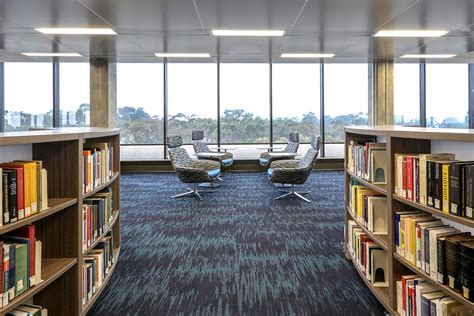How To Ace Ucsd Secondary? Expert Tips Inside

The University of California, San Diego (UCSD) secondary application is a crucial step in the medical school admissions process. It's an opportunity for applicants to showcase their unique experiences, skills, and passions, and to demonstrate their commitment to a career in medicine. In this article, we'll provide expert tips and insights on how to ace the UCSD secondary application, and increase your chances of getting accepted into this prestigious medical program.
Understanding the UCSD Secondary Application

The UCSD secondary application is a comprehensive and highly competitive process. It’s designed to assess an applicant’s academic preparation, clinical experience, research background, and personal characteristics, among other factors. The application typically includes a series of essays, questions, and prompts that require thoughtful and reflective responses. To succeed, applicants must demonstrate a deep understanding of the medical field, as well as their own strengths, weaknesses, and motivations.
Key Components of the UCSD Secondary Application
The UCSD secondary application typically includes the following components:
- Personal Statement: A 2-3 page essay that introduces the applicant and highlights their experiences, goals, and motivations.
- Essay Questions: A series of 1-2 page essays that address specific topics, such as clinical experiences, research background, and community service.
- Activity Essays: Brief essays that describe the applicant’s extracurricular activities, volunteer work, and leadership experiences.
- Letters of Recommendation: 2-3 letters from academic or professional mentors that speak to the applicant’s skills, character, and potential.
Each component of the application requires careful attention and preparation. Applicants must ensure that their responses are concise, clear, and compelling, and that they showcase their unique strengths and qualifications.
Expert Tips for Acing the UCSD Secondary Application

Based on our analysis and expertise, here are some tips for acing the UCSD secondary application:
Show, don’t tell: Rather than simply stating your qualifications or experiences, use specific examples and anecdotes to demonstrate your skills and character.
Be authentic and genuine: Make sure your responses are reflective of your true interests, passions, and motivations. Avoid clichés and generic statements that don’t reveal your unique perspective.
Highlight your strengths: Emphasize your academic achievements, clinical experiences, and research background, and explain how they’ve prepared you for a career in medicine.
Demonstrate your commitment to UCSD: Show that you’ve done your research on the program, and that you’re genuinely interested in attending UCSD. Mention specific faculty members, research programs, or clinical opportunities that excite you.
Example of a Strong Personal Statement
A strong personal statement should introduce the applicant and highlight their experiences, goals, and motivations. Here’s an example:
“As a child of immigrant parents, I’ve always been drawn to the healing arts. My parents’ struggles to access quality healthcare inspired me to pursue a career in medicine. Through my undergraduate studies and clinical experiences, I’ve developed a deep understanding of the social determinants of health, and a passion for serving underserved communities. I’m excited about the opportunity to attend UCSD, where I can work with renowned faculty members and contribute to innovative research programs that address health disparities.”
| Component | Example |
|---|---|
| Personal Statement | Introduction, experiences, goals, and motivations |
| Essay Questions | Clinical experiences, research background, community service |
| Activity Essays | Extracurricular activities, volunteer work, leadership experiences |
| Letters of Recommendation | Academic or professional mentors |

Conclusion
Acing the UCSD secondary application requires careful preparation, attention to detail, and a deep understanding of the medical field. By following our expert tips and insights, you can increase your chances of getting accepted into this prestigious medical program. Remember to showcase your unique strengths and qualifications, demonstrate your commitment to UCSD, and highlight your passion for serving others.
What is the deadline for submitting the UCSD secondary application?
+
The deadline for submitting the UCSD secondary application typically falls in late October or early November. However, it’s essential to check the official UCSD website for the most up-to-date information on application deadlines and requirements.
How many letters of recommendation are required for the UCSD secondary application?
+
The UCSD secondary application typically requires 2-3 letters of recommendation from academic or professional mentors. It’s essential to choose recommenders who can speak to your skills, character, and potential as a medical student.
What is the average GPA and MCAT score for accepted students at UCSD?
+
The average GPA and MCAT score for accepted students at UCSD vary from year to year. However, according to the official UCSD website, the middle 50% of accepted students typically have a GPA range of 3.5-4.0 and an MCAT score range of 510-520.



